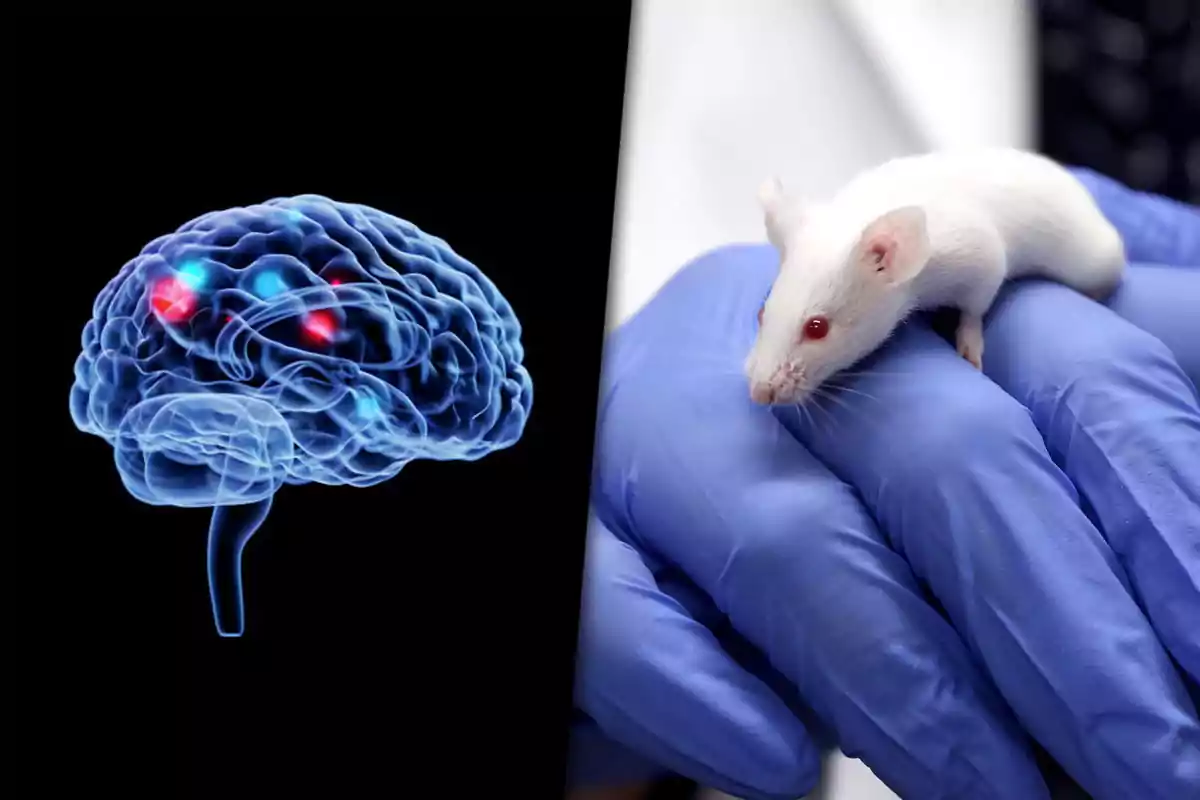
An experimental therapy reversed Parkinson's in laboratory mice
An experimental therapy managed to reverse Parkinson's symptoms in mice and offers hope for treating it in humans
Two new experimental studies show encouraging results in the fight against Parkinson's. Tests in mice managed to reverse motor symptoms and restore key neuronal functions.
Although a definitive cure is still a long way off, researchers believe these therapies could be part of a combined approach to treat the disease in humans.
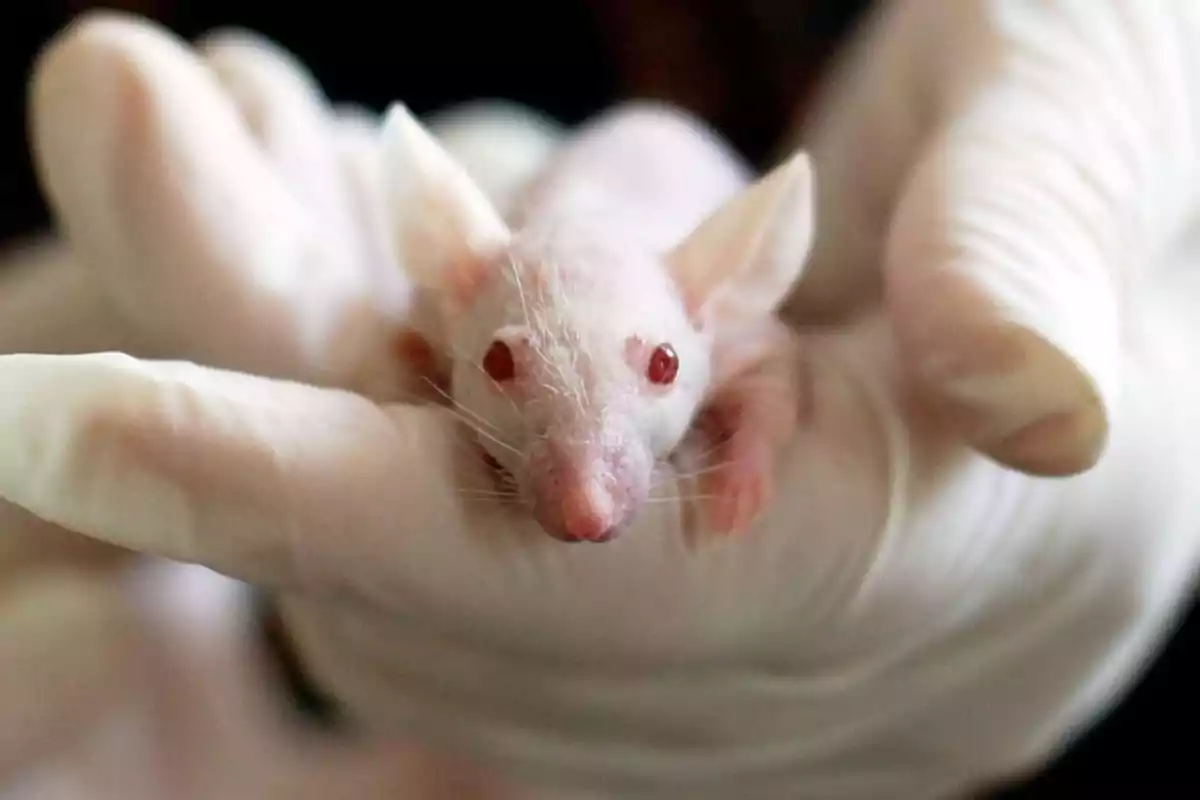
Parkinson's is advancing worldwide: why a solution is urgently needed
Parkinson's cases have doubled in the last 25 years. It affects nearly 10 million people and represents a high cost for health systems.
This neurodegenerative disease destroys the cells that produce dopamine, which causes tremors, muscle stiffness, and balance problems.
A key discovery in the role of the SOD1 protein
Kay Double's team from the University of Sydney discovered in 2017 an abnormal form of the SOD1 protein in patients with Parkinson's.
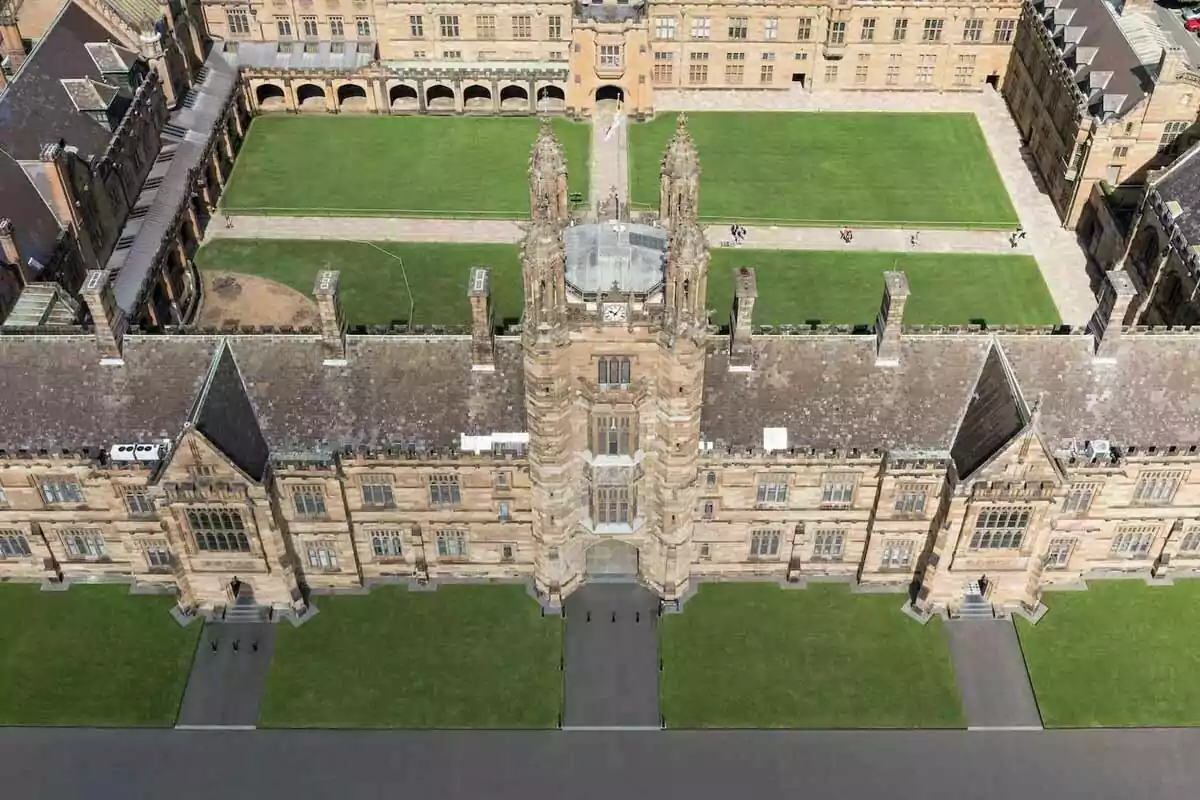
This protein should act as an antioxidant, but in these cases it accumulates and damages neurons instead of protecting them.
Copper to restore brain function
The researchers tested a drug called CuATSM, designed to deliver copper directly to the brain, which is essential for SOD1 function.
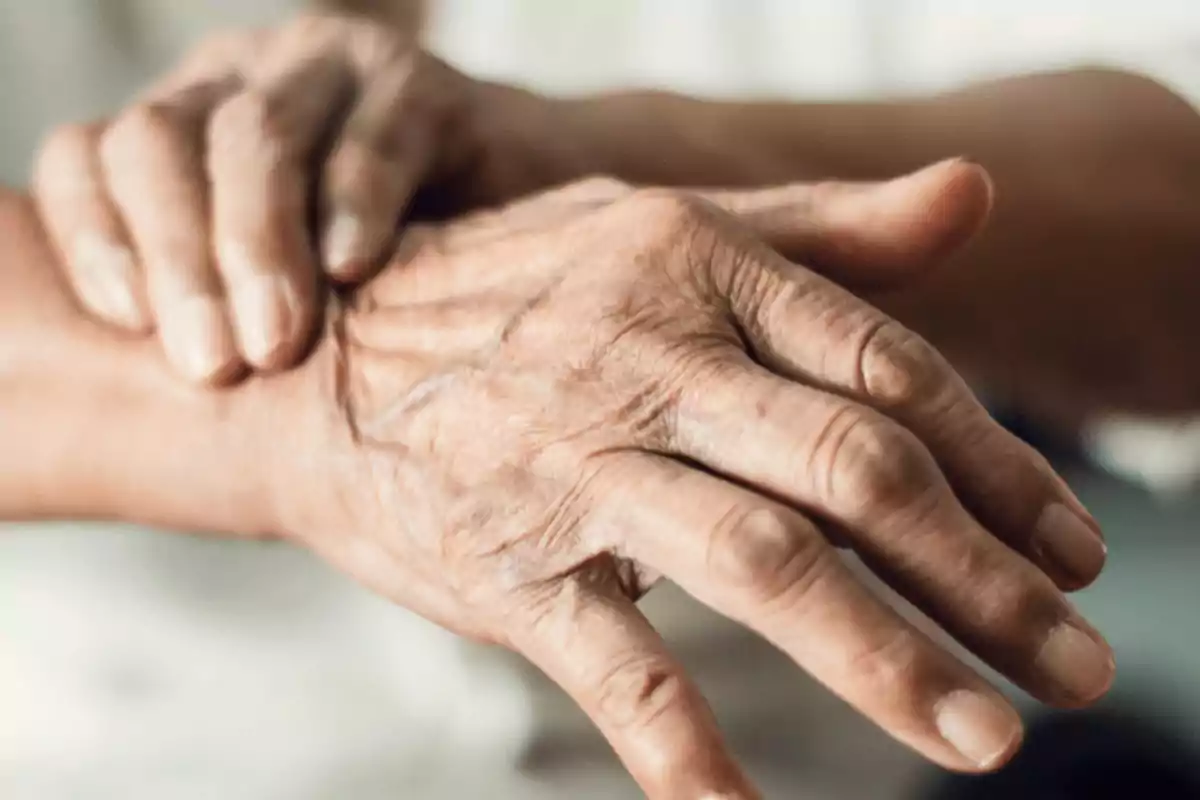
First, they determined the ideal dose in healthy mice, and then applied it to genetically modified mice to develop symptoms similar to Parkinson's.
Positive results in treated mice
The treated animals maintained their motor skills intact, while those that received a placebo worsened.
The treatment preserved dopaminergic neurons in the substantia nigra, an essential region for movement and coordination.
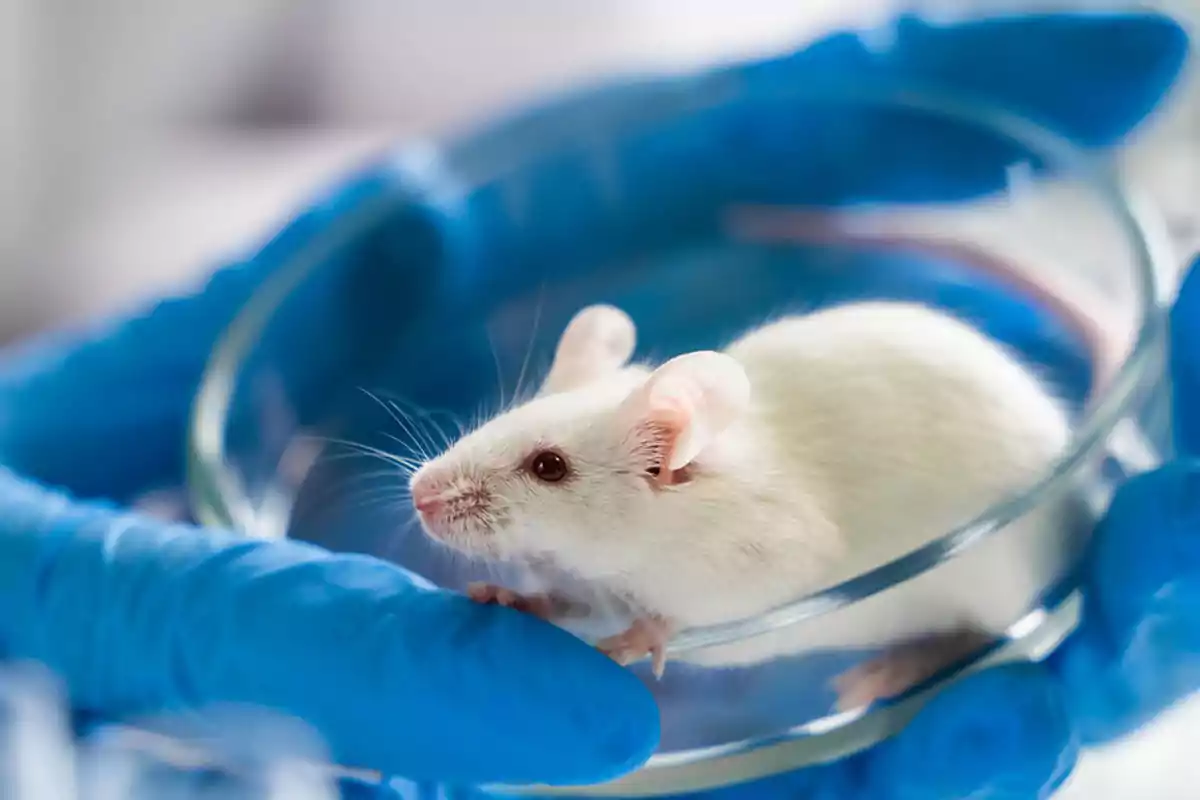
"All the treated mice showed remarkable improvement in their motor skills. It exceeded our expectations," Double said.
A second path: reactivating neuronal communication
Another study, from Stanford University, focused on a genetic variant of Parkinson's related to the LRRK2 gene.

This mutation alters cellular activity and signaling between neurons, affecting the connection with the striatum, a key area of the brain.
Inhibiting the enzyme to repair neurons
Using the compound MLi-2, they inhibited the excessive activity of LRRK2 in mice and managed to regenerate the cellular structures responsible for communication between cells.
After three months, the cells recovered their primary cilia, and the connection between dopaminergic neurons and the striatum was restored.
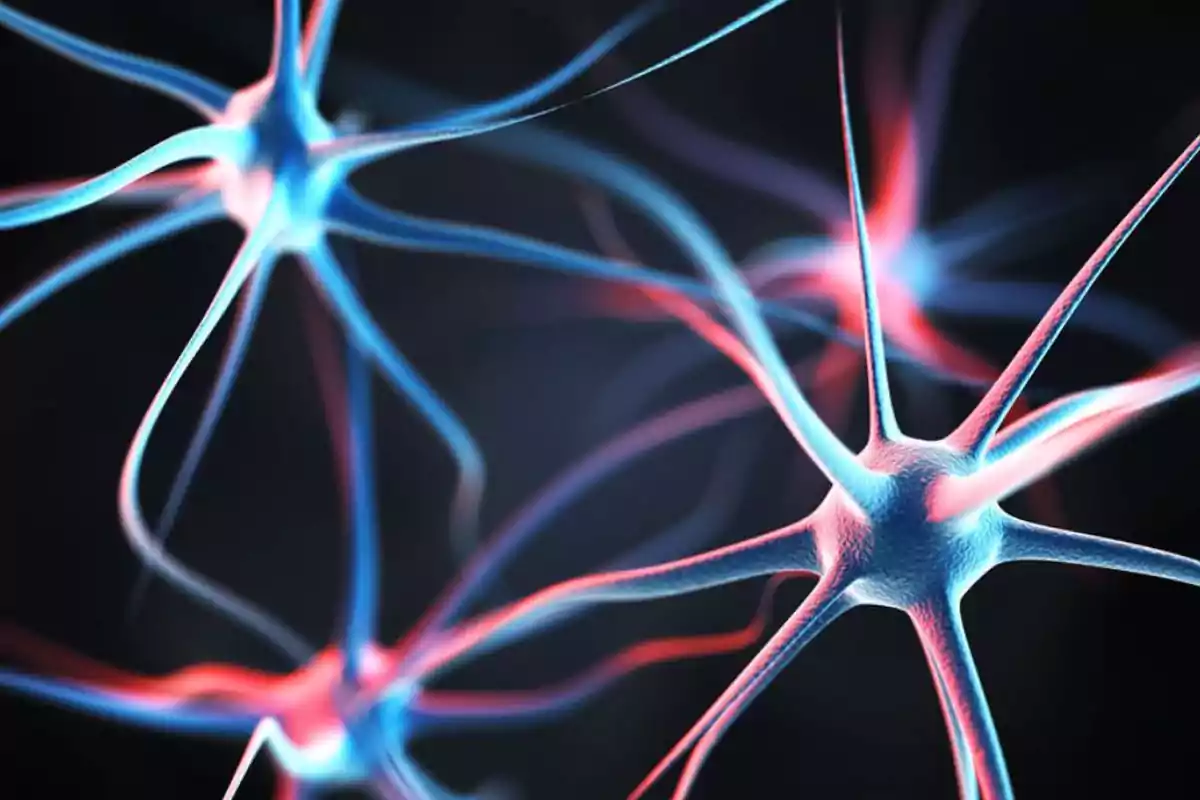
What do these results imply?
The recovery of these connections allowed the brain to produce neuroprotective factors at normal levels again.
Markers of dopaminergic nerve endings also doubled, suggesting active neuronal regeneration.
"We didn't just stabilize the disease, we also improved the overall condition. The therapeutic potential is enormous," said Suzanne Pfeffer, who led the study.
More posts: